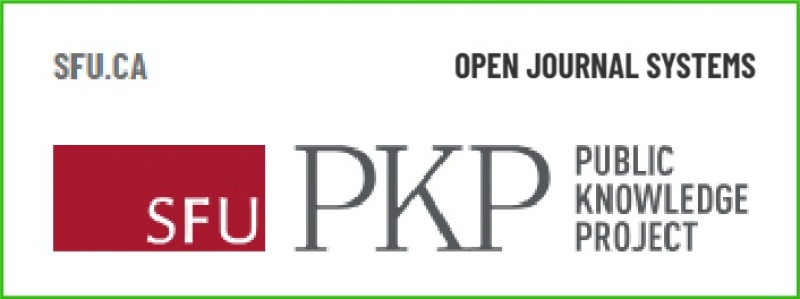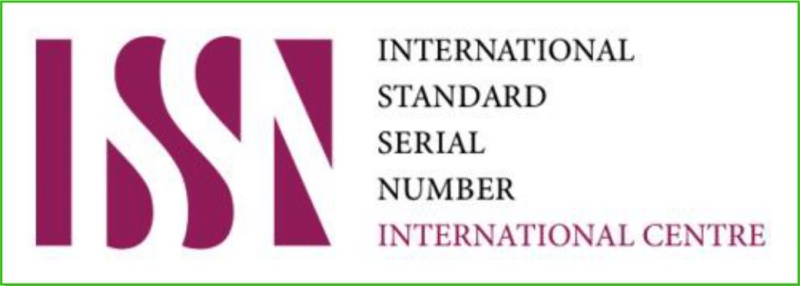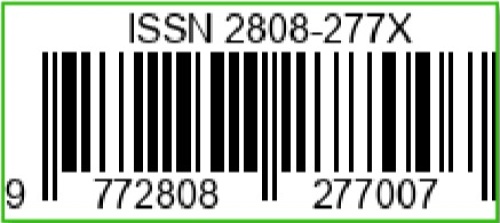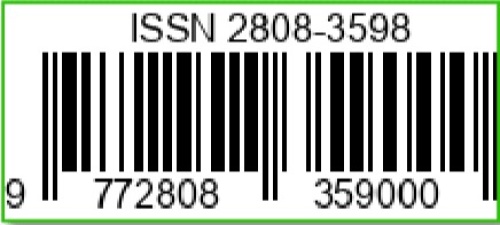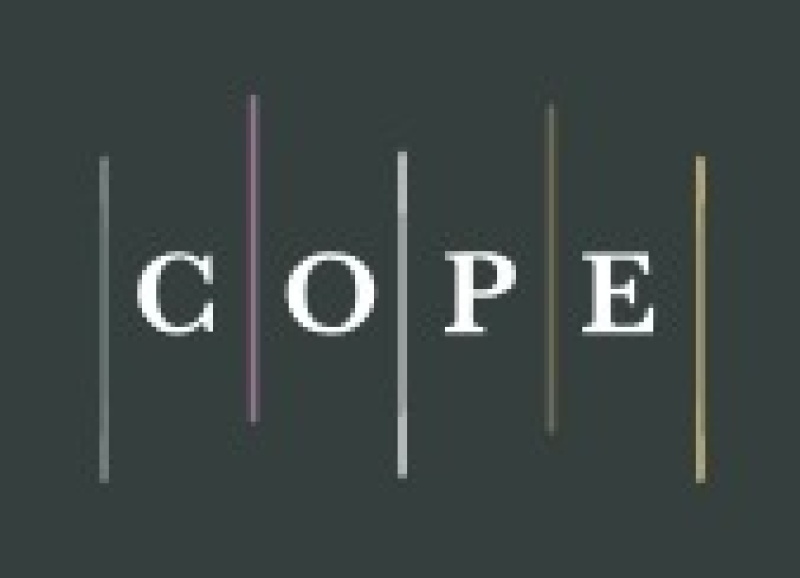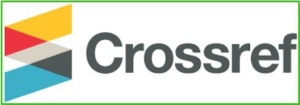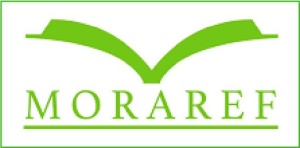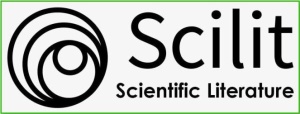Pola Distribusi Tumbuhan Lamun di Perairan Pantai Sejuk Kabupaten Lombok Utara dalam Upaya Pengembangan Modul Ekologi
DOI:
https://doi.org/10.36312/biocaster.v3i2.176Keywords:
Distribution Pattern, Seagrass, Ecological Module.Abstract
Seagrass plays an important role in the life of living things. However, the existence of seagrasses in every area is damaged due to pollution and human activities. One of the areas where seagrass has not been studied is Sejuk Beach Waters in North Lombok Regency. This study aims to determine the types of seagrass, dominating species population, population density, distribution pattern, diversity of seagrass, and development of ecological modules. The type of research used is descriptive exploratory, with data collection techniques namely observation and documentation. Data analysis techniques used include: 1) diversity index; 2) dominance index; 3) population density; 4) moricita index; and 5) test the validity of the module. Based on the results of the study it was found that there were 4 types of seagrass in Sejuk Beach Waters, North Lombok Regency, namely; Enhalus acoroides, Syringodium isoetifolium, Cymodocea rotundata, and Halophila minor. The population of seagrass species that dominates the highest is found at station III of 0.2476, the population of seagrass species that dominates at each station is Syringodium isoetifolium. The highest population density was found at station I with a value of 47.1, but the one with the highest population density was Syringodium isoetifolium. The highest seagrass distribution pattern was found at station III with an Id value of 2.9608, the seagrass that had the highest Id value was Syringodiun isoetifolium. The highest diversity of seagrass species was found at station I with an H' value of 0.3637, but the one with the highest diversity was Cyromocea rotundata. Meanwhile, the seagrass that grew the lowest at each observation station was Enhalus acoroides. The results of the study were then made in the form of modules and validated by 3 experts, scores obtained from content/content experts were 80%, linguists were 86%, and visual experts were 90%, these scores stated that the developed module was valid. Then it was tested for readability on 20 students of the Biology Education Study Program, FSTT, Mandalika University of Education semester IV, the scores obtained ranged from 80% -96%, indicating that the developed module was highly legible.
Downloads
References
Alprianti, S. (2018). Penyerapan Karbon oleh Lamun Jenis Thalassia hemprichii dan Cymodocea rotundata pada Kedalaman yang Berbeda di Gusung Bonebatang, Kota Makassar. Skripsi. Universitas Hasanuddin.
Arikunto, S. (1992). Prosedur Penelitian Suatu Pendekatan Praktik. Jakarta: PT. Rineka Cipta.
Harpiansyah., Pratomo, A., & Yandri, F. (2014). Struktur Komunitas Padang Lamun di Perairan Desa Pengudang Kabupaten Bintan. Riau: Universitas Maritim Raja Ali Haji.
Hutomo, M., & Nontji, A. (2014). Panduan Monitoring Padang Lamun. Jakarta: Lembaga Ilmu Pengetahun Indonesia.
Juandi. (2011). Keanekaragaman Jenis Zooplankton di Waduk Batu Bulan Kecamatan Moyo Hulu Kabupaten Sumbawa. Skripsi. Institut Keguruan dan Ilmu Pendidikan Mataram.
Lahope, E. P., Kumampung, D. R. H., Sondak, C. F. A., Kusen, J. D., Warouw, V., & Kondoy, C. I. F. (2022). Kondisi Padang Lamun di Perairan Desa Ponto Kecamatan Wori Kabupaten Minahasa Utara. Jurnal Pesisir dan Laut Tropis, 10(3), 143-150. https://doi.org/10.35800/jplt.10.3.2022.43739
Lasabuda, R. (2013). Pembangunan Wilayah Pesisir dan Lautan dalam Perspektif Negara Kepulauan Republik Indonesia. Jurnal Ilmiah Platax, 1(2), 92-101. https://doi.org/10.35800/jip.1.2.2013.1251
Lefaan, P. T., Satriadi, D., & Djokosetiyanto, D. (2013). Struktur Komunitas Lamun di Perairan Pesisir Manokwari. Maspari Journal, 5(2), 69-81. https://doi.org/10.56064/maspari.v5i2.2499
Odum, E. P. (1994). Dasar-dasar Ekologi. Yogyakarta: Gadjah Mada University Press.
Putri, A. E. (2004). Struktur Komunitas Lamun di Perairan Pantai Pulau Tidung Besar Kepulauan Seribu, Jakarta. Skripsi. Institut Pertanian Bogor.
Rahdiyanta, D. (2016). Retrieved February 6, 2023, from Universitas Negeri Yogyakarta. Interactwebsite: https://staffnew.uny.ac.id/sites/default/files/penelitian/dr-dwi-rahdiyanta-mpd/20-teknik-penyusunan-modul.pdf
Sari, R. T. (2017). Uji Validitas Modul Pembelajaran Biologi pada Materi Sistem Reproduksi Manusia melalui Pendekatan Konstruktivisme untuk Kelas IX SMP. Scientiae Educatia: Jurnal Pendidikan Sains, 6(1), 22-26. https://doi.org/10.24235/sc.educatia.v6i1.1296
Tebay, S., Boli, P., & Ainusi, J. (2020). Potensi Lamun di Kampung Aisandami Kabupaten Teluk Wondama dan Strategi Pengelolaanya. Jurnal Sumberdaya Akuatik Indopasifik, 4(2), 111-128. https://doi.org/10.46252/jsai-fpik-unipa.2020.Vol.4.No.2.80
Thiagarajan, S., Semmel, D. S., & Semmel, M. I. (1974). Instructional Development for Training Teachers of Exceptional Children. Indiana: University Bloomington.

Downloads
Published
How to Cite
Issue
Section
License
Copyright (c) 2023 Aulia Rohmatulloh

This work is licensed under a Creative Commons Attribution-ShareAlike 4.0 International License.
-
Attribution — You must give appropriate credit, provide a link to the license, and indicate if changes were made. You may do so in any reasonable manner, but not in any way that suggests the licensor endorses you or your use.
-
ShareAlike — If you remix, transform, or build upon the material, you must distribute your contributions under the same license as the original.

